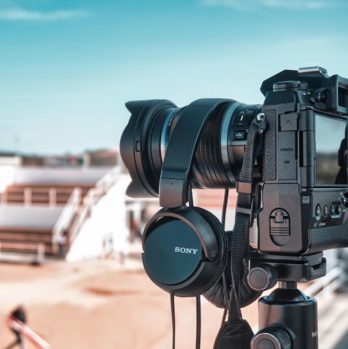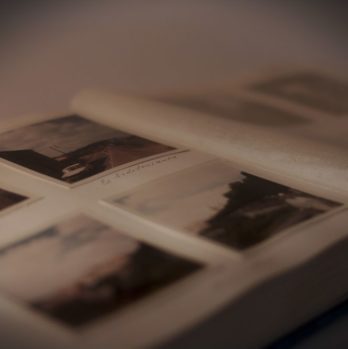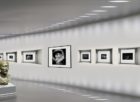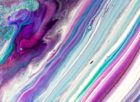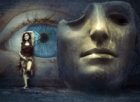Fashion Illustration: A Comprehensive Guide to the Artform
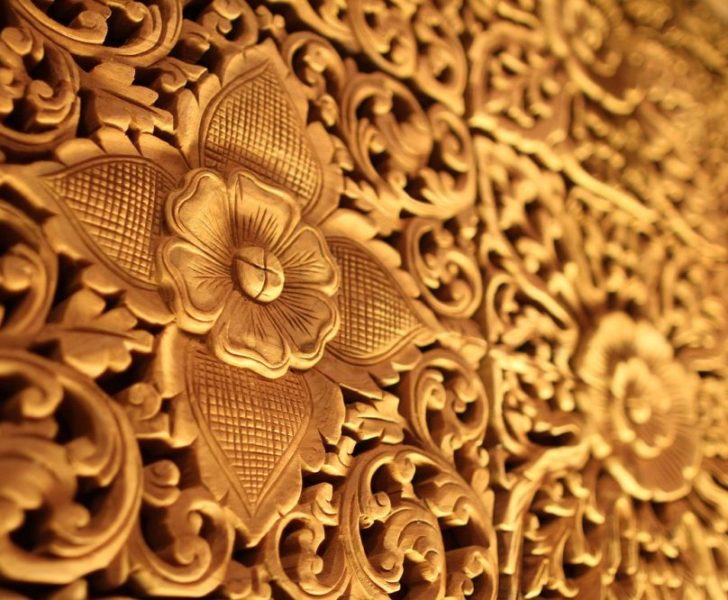
Introduction:
Fashion illustration is an integral part of the fashion industry, serving as a visual representation of the latest trends and designs. This art form combines creativity, technical skill, and an acute sense of fashion to create stunning images that captivate and inspire. In this article, we will explore the world of fashion illustration, delving into its various types, popular styles, historical significance, and much more.
Overview of Fashion Illustration:
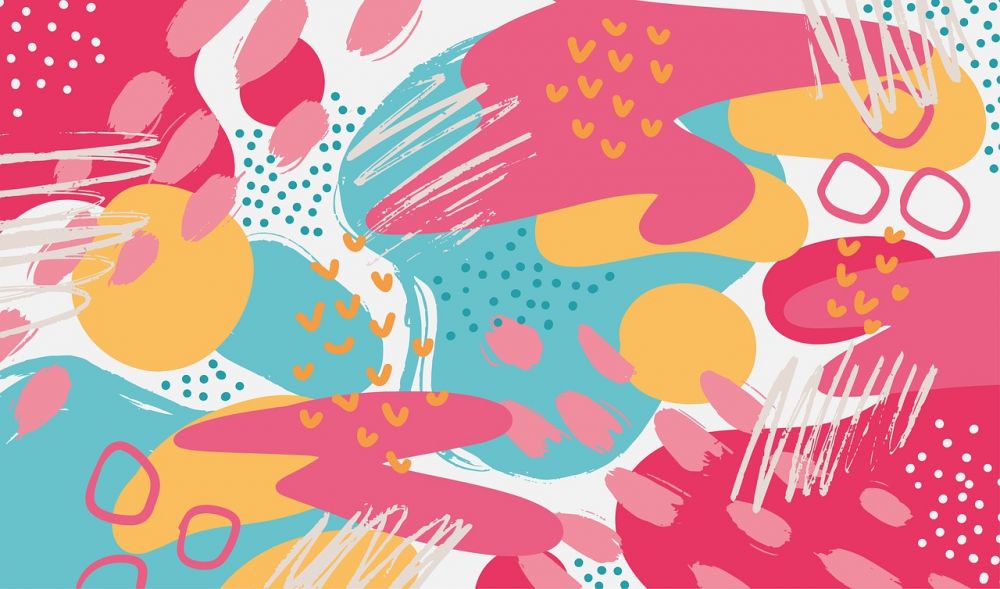
Fashion illustration is the art of depicting clothing, accessories, and fashion designs through drawings, paintings, or digital renderings. It serves as a communication tool between designers, stylists, and clients, allowing them to visualize and convey their ideas effectively.
Types of Fashion Illustration:
1. Traditional Fashion Illustration: This classic form of fashion illustration involves using traditional mediums like pencil, watercolors, and markers. It exudes elegance and sophistication, often capturing the essence of haute couture fashion.
2. Digital Fashion Illustration: With the advent of technology, fashion illustration has embraced digital mediums. Artists now use digital drawing tablets and software to create stunning, realistic illustrations with precise detail.
3. Street Style Illustration: Street style illustrations capture the essence of everyday fashion worn by people on the streets. Artists often mix traditional and digital techniques to create dynamic and expressive images that showcase personal style.
Popular Styles in Fashion Illustration:
1. Realistic Illustration: This style focuses on capturing minute details, textures, and proportions accurately. It requires a keen eye for observation and technical skill to create lifelike representations of garments.
2. Flair for Fashion: This style emphasizes exaggeration and creativity, showcasing fashion in a more artistic and whimsical manner. Artists often play with proportions, colors, and composition to create visually striking and dramatic illustrations.
3. Minimalist Illustration: With simplicity as its core, this style conveys fashion through clean lines, simple shapes, and limited color palettes. It highlights the essence of the design while emphasizing the beauty of simplicity.
Quantitative Measurements in Fashion Illustration:
When analyzing the impact and reach of fashion illustration, various quantitative measurements come into play:
1. Social Media Engagement: Fashion illustrators often showcase their work on platforms like Instagram and Facebook, where the number of followers, likes, and comments provides quantitative feedback on their popularity and reach.
2. Publication Frequency: Monitoring the frequency of appearance of fashion illustrations in renowned fashion magazines and websites can provide insights into the demand and recognition of this art form.
3. Sales and Revenue: The commercial aspect of fashion illustration can be measured through the sales of prints, merchandise, and collaborations with fashion brands. These figures reflect the market’s interest in fashion illustration.
Diverse Aspects of Fashion Illustration:
Fashion illustration is a versatile art form, encompassing various styles and techniques that distinguish one artist’s work from another.
1. Aesthetic Choices: Different artists have their unique aesthetic preferences, which manifest in their choice of color palettes, rendering techniques, and the overall mood of their illustrations.
2. Fashion Inclusivity: Fashion illustration plays a crucial role in promoting diversity and inclusivity in the industry. Artists have the power to depict people of different ethnicities, body types, and genders, showcasing a more inclusive representation of fashion.
Historical Overview and Pros and Cons of Fashion Illustration:
Fashion illustration has a rich history, with pros and cons that have evolved over time.
1. Advantages:
– Creativity and Interpretation: Fashion illustration allows artists to interpret fashion through their unique lens, bringing their creative vision to life.
– Versatility: Illustrations can be adapted to various mediums, from print to digital platforms, offering flexibility and accessibility.
– Timeless Appeal: Fashion illustrations often possess a timeless quality, capturing fashion moments that can be appreciated for years to come.
2. Disadvantages:
– Subjectivity: Fashion illustration is subjective, and different interpretations may not always align with the designer’s vision.
– Limited Representation: While fashion illustration can showcase diverse styles, it may not capture the intricate details of fabric, texture, and movement as well as photography.
Conclusion:
Fashion illustration bridges the gap between imagination and reality, allowing designers, stylists, and consumers to explore and appreciate fashion in a visual form. From traditional to digital, realistic to whimsical, this art form continues to evolve, captivating audiences around the world. As fashion and technology progress, fashion illustration will undoubtedly remain an essential aspect of the industry, inspiring creativity and bringing fashion dreams to life.
Video: Exploring the Artistry of Fashion Illustration
In this video, we delve into the world of fashion illustration, showcasing the incredible talent and artistry behind this captivating art form. Join us as we interview renowned fashion illustrators, explore their creative processes, and witness their unique styles come to life on the canvas. Get inspired by the beauty and imagination of fashion illustration in this visual journey through the realm of fashion and art.
References:
1. ”The Art of Fashion Illustration: Learn the Techniques and Inspirations of Today’s Leading Fashion Artists” by Somer Flaherty Tejwani.
2. ”Fashion Drawing, Illustration, Techniques” by Anna Kiper.
3. ”Fashion Illustration Next” by Laird Borrelli.
4. ”Fashion Illustration: Inspiration and Technique” by Anna Wintour.

